Drilling into bricks without a hammer drill can be a tricky task. But, if you’re looking to hang something, mount something or generally need to make a hole in some brickwork without excessive power tools, then this ultimate guide is all you need! Uncover the exact technique for effortlessly drilling into brick.
How To Drill Into Brick Without a Hammer Drill
While it may seem challenging, it is indeed possible to penetrate brick without the need for a hammer drill. The key is to use the right kind of bit and approach the job carefully. Here are some tips on how to do it:
- Start with a masonry bit that has a carbide tip – this will effectively prevent your drill from slipping when you begin drilling, ensuring a secure and steady grip.
- Use a brad point drill bit – this type is specifically designed to cut through hard materials, and it will help you achieve a more precise hole in the brick.
- Set your drill to its lowest speed setting – this will prevent the brick from cracking or chipping.
- Use a low-angle bit – this will prevent it from drifting off course as you’re drilling.
- Drill slowly – keep an eye out for any cracking or chipping in the brick.
- Secure the brick – use a clamp to hold the brick in place.
- Clean up the dust – after you’ve finished drilling, be sure to clean up any dust or debris from around the hole, as this could cause further damage if left unattended.
Gather all materials
To effectively penetrate brick without a hammer drill, certain materials are required:
- A high quality drill. Ensure your drill is powerful enough to penetrate masonry.
- Drill bits that are meant for masonry work.
- Safety equipment such as safety glasses, ear protection, and gloves protect against flying dust.
Once you have all of the necessary materials, it’s time to get started.
Mark the center of the holes
Before you start drilling, mark the center of each hole on the brick with a pencil or marker for ensuring that your holes are even and centered. Use a ruler or other straight edge to double-check your measurements.
Fit a sharp tungsten carbide drill bit
Tungsten carbide bits are much more durable than regular bits. Prior to commencing drilling, ensure that the bit fits snugly in the chuck of your power tool to prevent any potential loosening during usage. This precautionary measure guarantees optimum safety and efficiency throughout your task.
Put on safety equipment
Prior to commencing, please ensure that you are equipped with the necessary safety gear, including gloves, safety glasses, and ear protection. It is essential to prioritize your safety and protect yourself while working.
Use a pilot drill
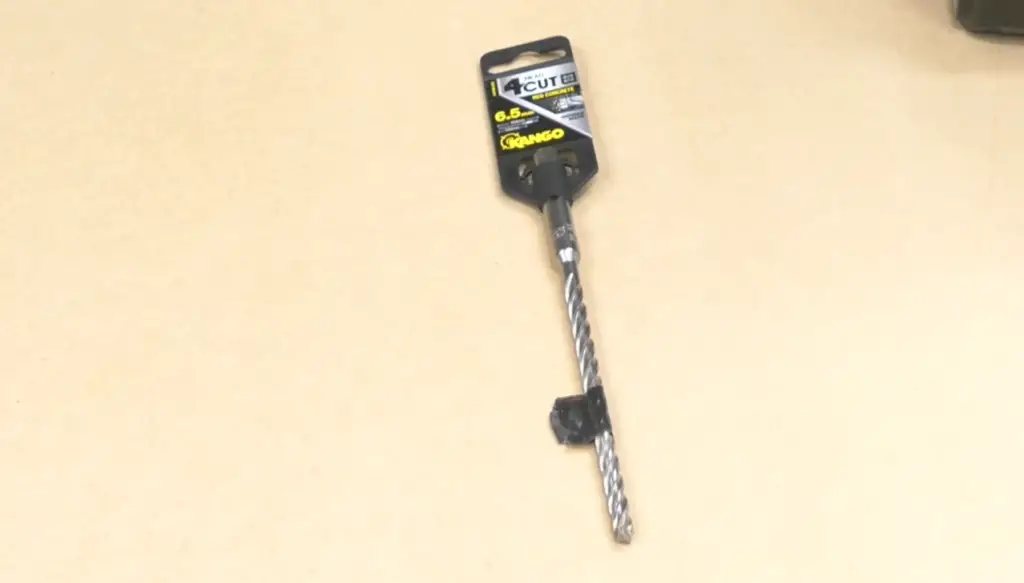
A pilot drill bit is smaller than an ordinary masonry bit and will help avoid cracks in the brick as you begin drilling. Ensure the pilot bit is also made of tungsten carbide.
Position the bit onto the cutting area
After placing your pilot drill bit, carefully align the bit onto the specific area of the brick that you intend to cut. Ensure you are drilling at a 90-degree angle to ensure an even hole. Begin the drill at a slow pace, gradually accelerating as you make headway. Be cautious not to exert excessive force on the tool or bit.
Apply steady pressure
After creating a pilot hole, exert consistent pressure while pulling the drill’s trigger and gradually advance it into the brick. Keep the drill running at a constant speed so that you don’t damage the brick or cause any cracks to appear.
Once you have made your way through the brick, start to move in a circular motion to create a groove. Gradually increase the pressure as you perform the task, ensuring it reaches the intended depth. Make sure not to exceed this depth or else you might risk cracking or damaging the masonry work.
Take frequent breaks
It is crucial to recognize the physical and potential hazards involved. Therefore, it is imperative to take regular breaks during the drilling process to ensure both safety and productivity. This will give you the opportunity to rest your hands and wrists, as well as clear away dust and debris from the area. Additionally, make sure to stop if you feel any pain or discomfort in your arms while drilling.
While drilling, it’s important to keep an eye on the bit to make sure it is not worn down or damaged. If you notice any signs of wear and tear, replace the bit immediately to ensure that your holes are perfectly even and free of cracks.
Use water to keep the heat down
Drilling into masonry can generate a lot of heat, which can cause your bit to overheat and dull quickly. To maintain a lower temperature, ensure the drill bit stays cool by utilizing water during the work process. You can also apply some lubricant such as WD-40 to reduce friction and help prevent your drill from overheating.
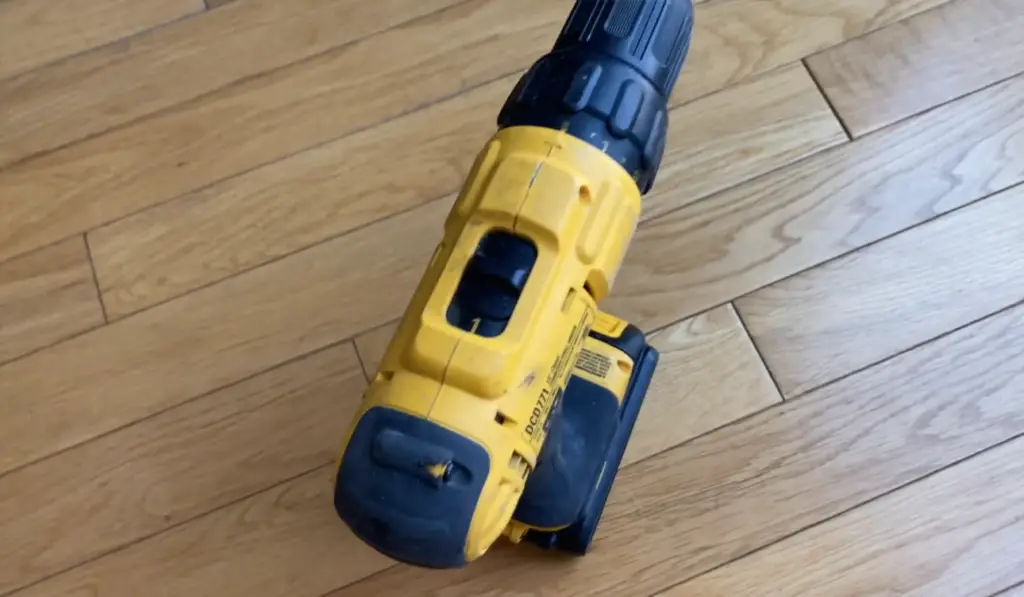
Flush out the holes
Once you have finished drilling, flush out the created holes to ensure is no dust or debris left. You can do this by using a vacuum cleaner with an attachment, or simply using a garden hose and running water into the holes. This will also prevent any cracks from appearing and keep your masonry work looking its best.
Use a ‘Star head’ Drill
If your drill bit is having a hard time penetrating the brick, you may try using a ‘Star head’ Drill Bit. This type has serrated edges which help it bite into masonry surfaces more effectively.
While drilling without a hammer drill requires skill and practice, it can be accomplished with the appropriate tools. Just make sure to follow the steps outlined above, use safety precautions at all times, and take frequent breaks throughout the process.
Continue to drill
Continue drilling until you have successfully created the desired hole. Once done, remove the drill bit and ensure to clean up any residual dust from the surrounding area. Once you are content with your outcomes, you can proceed to the subsequent phase of your project.
Ensure that you utilize the appropriate tools and materials, prioritize safety measures consistently, and incorporate regular breaks between each step to enhance your overall experience.
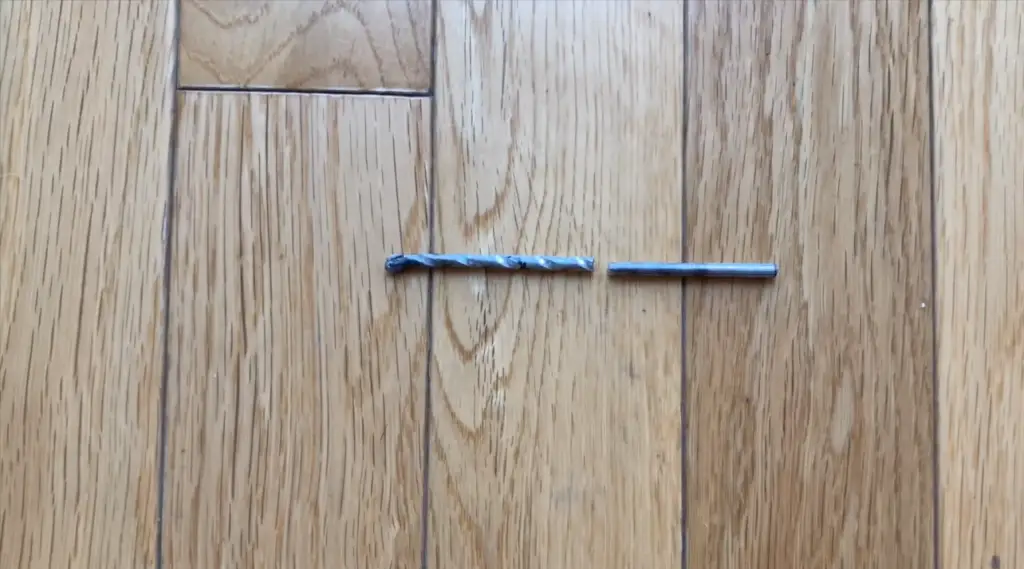
Drill in to the Mortar
If your project involves drilling into the mortar bedding, you will need to use a diverse type of bit. Use a masonry drill bit with an angled tip and an extension shaft. This particular bit is specifically designed for drilling surfaces without causing any harm to the mortar bedding.
Once you have your pilot drill in place, proceed with caution and apply steady pressure as you move the drill forward into the mortar bedding. To ensure the integrity of the masonry work, it is crucial to avoid surpassing the intended depth. Exceeding this limit may result in detrimental cracks and damages.
Use a vacuum cleaner with an attachment or running water to flush out any dust.
If necessary, continue to apply more force
If you’re encountering difficulty while drilling, consider applying additional force using a hand star bit and a hammer. This combination should be used as a last resort as it poses the greatest risk of cracking or damaging the masonry work. Use gentle taps to prevent any unnecessary damage.
Position the drill bit into the previously created hole
After completing the drilling process, carefully insert the bit into the previously made hole using one hand. With your other hand, use a hammer to gently tap around the edges of the hole until it is perfectly round and even. If needed, switch back and forth between a star bit and hammer to ensure that there are no cracks or rough patches in the brickwork.
Hit the other end of the drill bit with a hammer or mallet
To complete the drilling process, gently tap the opposite end of the bit using a hammer or mallet, preferably made of metal. This ensures that the hole is fully drilled through. This will remove any dust from inside the hole and create a perfect finish.
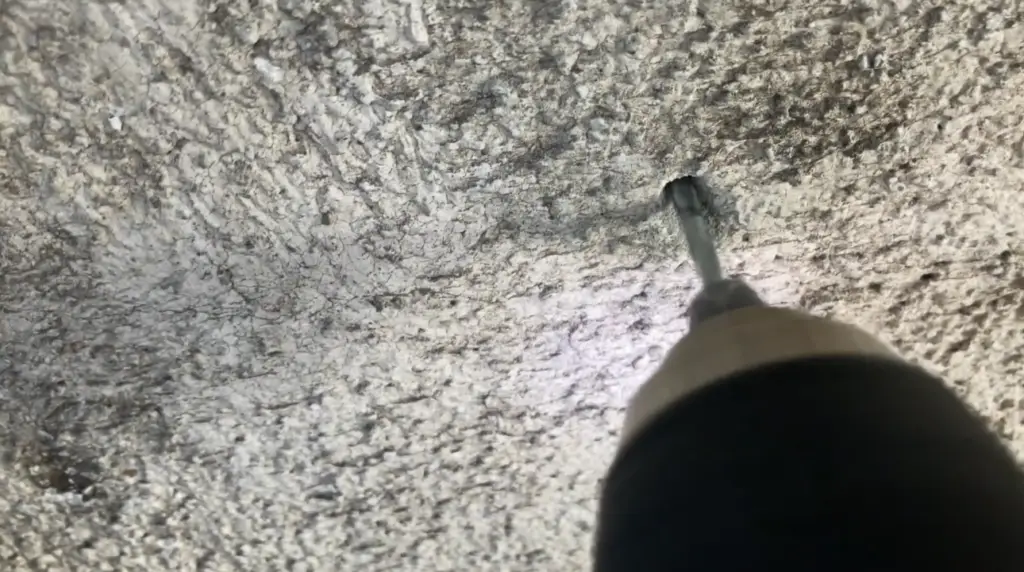
Repeat all of these steps
Repeatedly execute these steps in a cyclical manner until you achieve the results. Afterwards, remove the bit and meticulously clear away any dust from the area. Then, you can move on to the next step of your project. [1]
Drilling into brick without a hammer drill may appear challenging initially, but with practice and patience, it can be accomplished effortlessly. With these tips in mind, you should have no problem creating perfect holes.
Once you are done drilling, it is important to ensure that all of your masonry work is completely dry before applying any sealant. This will prevent any moisture from seeping through and damaging the structure. Additionally, if you plan on painting the surface, allow for ample drying time before proceeding with the project.
What’s the best speed for drilling into brick?
The speed at which you drill into the brick will be dependent on a few various factors. These include the type of bit being used, and also the size and shape of the hole that you are looking to create. In most cases, it is best to start at a slower speed and gradually increase it until you find a comfortable speed for your application. This will help ensure that you do not damage the brick and it also helps to reduce any risk of the drill bit slipping or becoming stuck in the brick.
When undertaking the task of drilling into tough masonry materials like brick, it is crucial to employ a top-notch masonry bit. These types feature more robust construction than standard bits. Masonry bits should generally be used at a slow speed, as this will ensure that the bit does not overheat and become damaged.
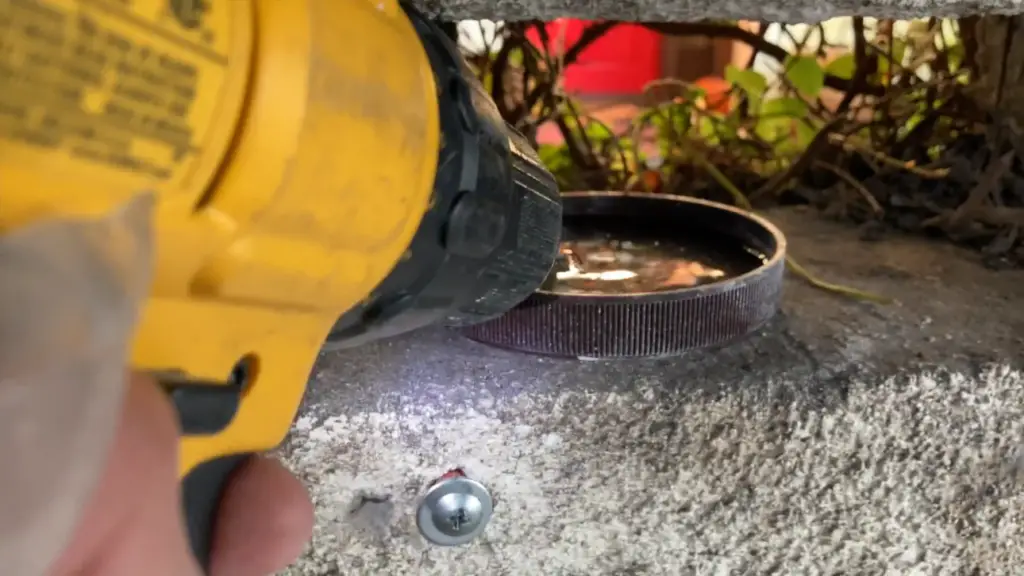
As a general rule of thumb, it is best to start at 500 rpm and gradually increase it until you find a good working speed. Make sure to take regular breaks.
Additional Tips
There are several other things to bear in mind.
Always wear safety goggles while working. The last thing you want is for a piece of flying debris to get in your eyes and cause an injury. Additionally, it may be helpful to use a dust mask or respirator to protect yourself from any airborne particles.
Second, lubricate the bit and the area of the brick you intend to drill into. This will create a smoother hole in the brick and make it easier for you to get through it. You can use either a specialized lubricant designed specifically for this purpose or a general-purpose oil.
Finally, remember to take your time and use the right techniques. Drilling into brick without a hammer drill can pose a challenge, but with patience and practice, you can achieve success effortlessly.
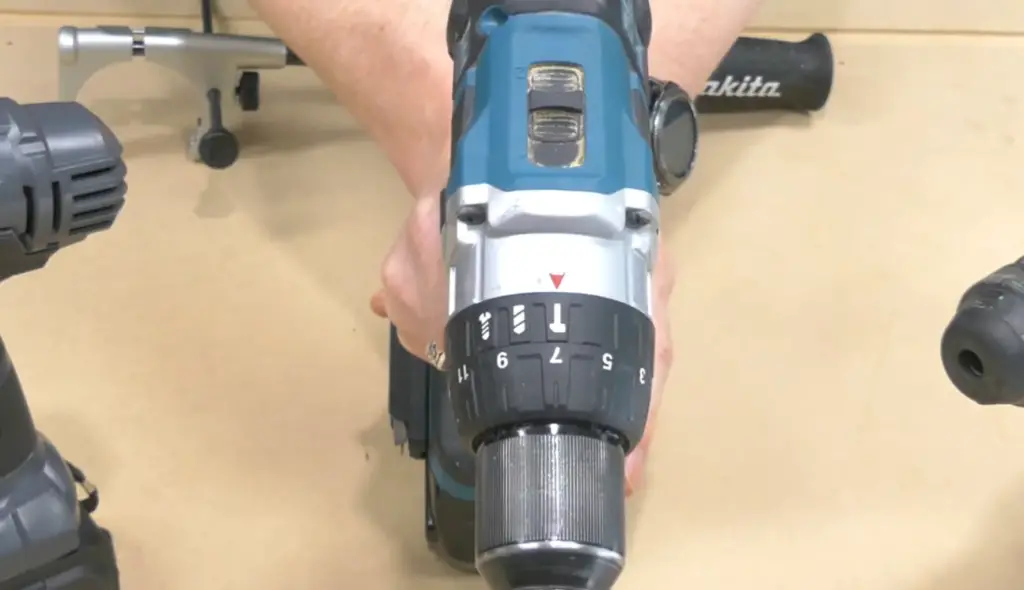
FAQ
Can you drill in brick without hammer drill?
Yes, you can. All you need is a masonry bit, which can be used with any regular electric drill or an impact driver. Use the right size bit for your job and start slowly. Work carefully and take your time so that you don’t damage the brick or yourself. It might take a bit longer, but it can be done without a hammer drill. [3]
What can I use if I don’t have a hammer drill?
Depending on your project, you may be able to use a regular electric power drill or an impact driver instead. Both of these tools can work well in certain situations, but they’ll take more effort and time than a hammer drill would.
An alternative option is to use masonry drills or carbide-tipped bits.
Another possible solution is a rotary hammer drill. This type of tool uses a hammering action to drive the bit into the material, making it ideal for hard surfaces like brick and stone.
Finally, if you don’t have any of these tools available, you can try using a manual drill. Manual drills are slow and difficult to use, but if you take your time they can be used to get the job done. [4]
Before you begin, it is vital to have a thorough comprehension of drilling without a hammer drill, irrespective of the tool or method you opt to utilize. This knowledge will ensure that you approach the task with confidence and precision. This way, you can ensure that your project is successful and that no damage is done to the brick or other surface materials.
Can you drill through brick with a cordless drill?
The good news is that you can definitely drill that way. However, it’s going to take some extra time and effort. Ensure that the bit you use is strong enough and designed for masonry drilling. The best way to do this is by purchasing an impact driver or a special diamond hole saw. With these tools, you can easily and quickly drill without much effort.
If you don’t have access to an impact driver or a diamond hole saw, then it’s possible to use a cordless drill. However, it’s going to take a lot more time and effort. You’ll need to use a carbide-tipped masonry bit, a hammer drill setting, and plenty of pressure. To avoid damaging your drill or brick, set the speed appropriately and use lots of lubricant when drilling. [5]
It’s also important to note that before attempting to drill with a cordless drill you should wear protective gear such as goggles and gloves. This will ensure that you stay safe during the process and reduce the risk of injury.
Drilling through brick is not going to be easy and it can take some time. So ensure you have patience and take your time when completing the job.
Can you drill into brick without a masonry bit?
Yes, you can use a regular drill bit as long as it is the correct size and has the right specifications for your job. However, it’s important to note that drilling with a regular drill bit will take much longer than using a masonry bit. It also won’t be able to handle larger holes or thicker bricks. For these types of jobs, you’ll need a hammer drill.
Additionally, it’s important to have the right safety gear. Wear protective eyewear and gloves while operating the drill, and adhere to the manufacturer’s instructions for use. It’s also important to take regular breaks while drilling so as not to overwork any one area. [6]
If you don’t have a hammer drill or masonry bit, there are still other ways to break through brick. For example, you can use an angle grinder with a special diamond blade attachment for cutting into brick and other hard materials. Again, make sure to adhere to all safety instructions for the equipment you’re using, and to take regular breaks.
Whatever method you use, it’s important that you take your time when drilling.
Useful Video: How To Drill Into Concrete
Conclusion
After following the steps outlined in this guide on drilling into brick without a hammer drill, you’ll be well-equipped to tackle any project with confidence. It may take some practice and extra time, but with the right tools and patience, anyone can learn how to successfully do it. Drilling into brick without a hammer drill can be a great way to complete DIY projects and keep costs down.
If you find yourself in need of additional advice or help, there are forums, articles, and websites dedicated to the topic that can provide further information and tips. Additionally, hardware stores are often full of helpful staff members.
And always make sure to be safe! Wear protective gear and follow all the instructions carefully in order to avoid any accidents or injuries. With that said, happy drilling!
References
- https://thediyhelpdesk.com/how-to-drill-brick-without-a-hammer-drill/
- https://www.toolstop.co.uk/blog/knowledge-base/how-to-drill-into-brick
- https://cf-t.com/blog/tips-tricks-drilling-into-brick-or-mortar
- https://www.quora.com/What-can-I-do-if-I-need-to-drill-concrete-but-I-dont-have-a-hammer-drill
- https://www.thecleverhomeowner.com/can-cordless-drill-go-through-brick/
- https://hphtools.com/guides/drill-into-brick/






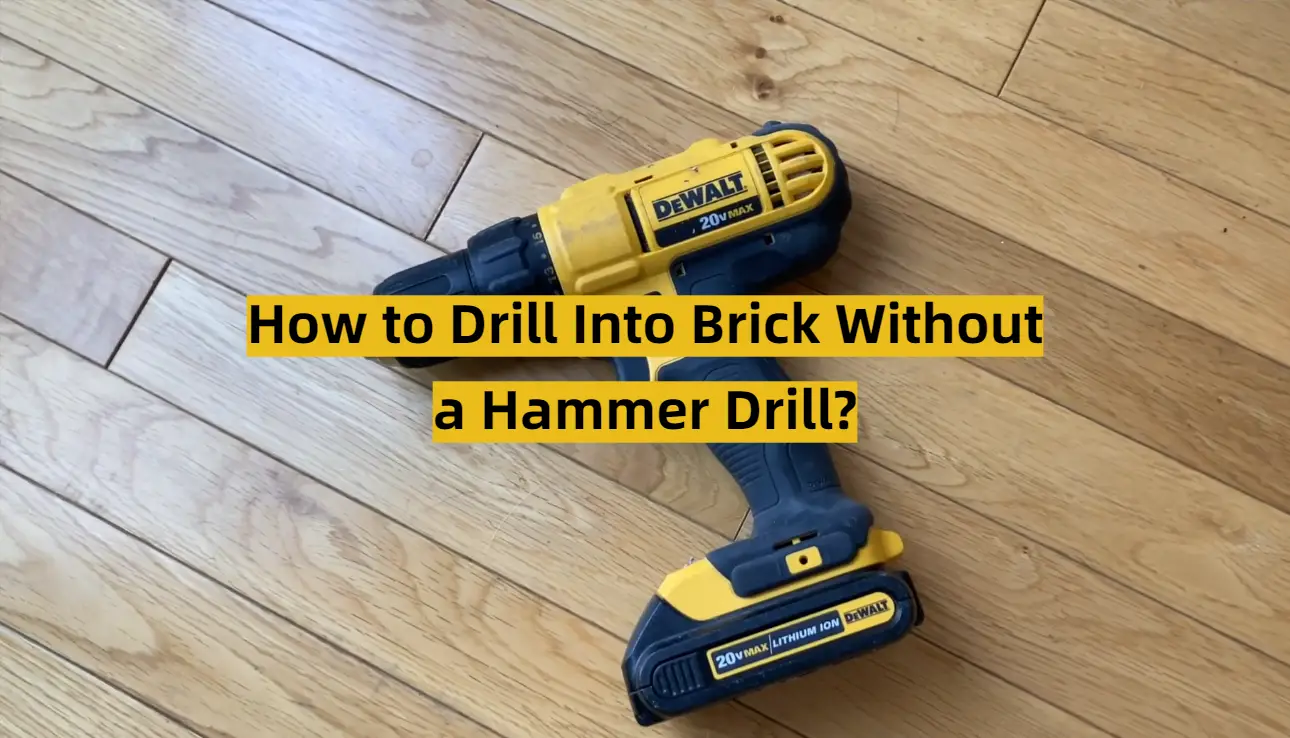




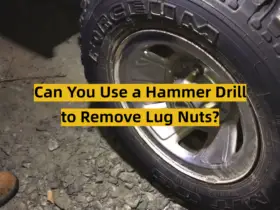
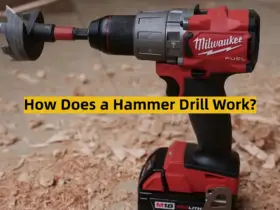
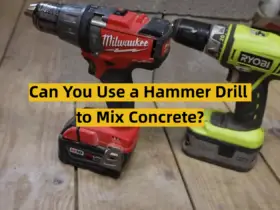
Leave a Reply